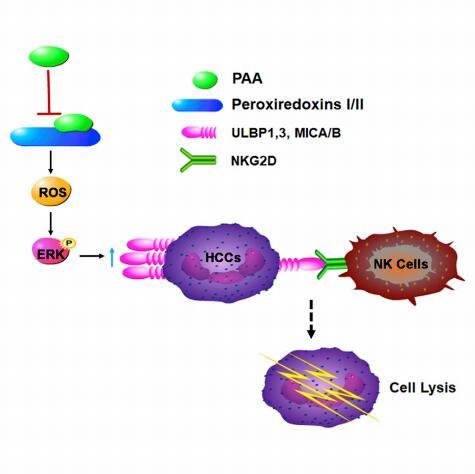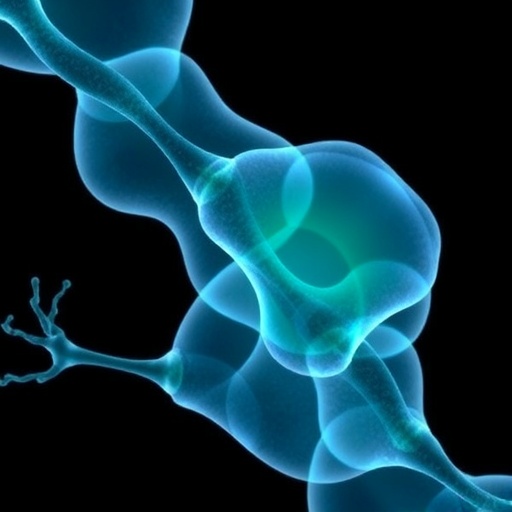
Credit: KIB
As early responders in the surveillance of malignant cells, natural killer (NK) cells play a significant role in the control of transformed cells at the tumor initiation stage through direct cytolysis. For this reason, NK cell-based immunotherapy is a potential therapeutic strategy for tumor sufferers.
Research groups led by Prof. LI Yan and Prof. Puno Pematenzin from the Kunming Institute of Botany of the Chinese Academy of Sciences found that ent-kaurane diterpenoids, which show a wide range of bioactivity, especially antitumor activity, are good candidates as sensitizer agents for NK cells.
Their work revealed the immunomodulatory role of ent-kaurane diterpenoids toward NK cells for the first time.
The research data not only suggest Prxs-I/II as a promising therapeutic target for cancer immunotherapy, but also provide a compelling rationale for further development of the inhibitor PAA as a sensitizer agent for NK cell-mediated HCC immunotherapy.
The study, entitled “Parvifoline AA Promotes Susceptibility of Hepatocarcinoma to Natural Killer Cell-mediated Cytolysis by Targeting Peroxiredoxin,” was published online in Cell Chemical Biology.
The results show that the natural ent-kaurane diterpenoid parvifoline AA (PAA) markedly stimulates the expression of NKG2D ligands on hepatocellular carcinoma (HCC) cells, considerably enhancing their recognition and lysis by NK cells.
It involves the covalent binding of PAA to the conserved cysteine site of peroxiredoxins I/II (Prxs-I/II). This binding inhibits the catalytic activity of Prxs-I/II, thus activating the Ros/ERK axis and the immunogenicity of HDD toward NK cells. Robust tumor growth inhibition by PAA dependent on NK cell activation was detected in vivo.
The research data not only suggest Prxs-I/II as a promising therapeutic target for cancer immunotherapy, but also provide a compelling rationale for further development of the inhibitor PAA as a sensitizer agent for NK cell-mediated HCC immunotherapy.
###
This work was supported by grants from the National Natural Science Foundation of China, the Exploitation and Utilization of Abundant Natural Products from Plants Program of the Kunming Institute of Botany, the 100 Talents Program of the Chinese Academy of Sciences, the Top Science and Technology Recruited Talent Program of Yunnan Province, and the Independent Program of the Key Laboratory of Natural Pharmaceutical Chemistry of Yunnan Province.
Media Contact
YANG Mei
[email protected]
Original Source
http://english.
Related Journal Article
http://dx.




